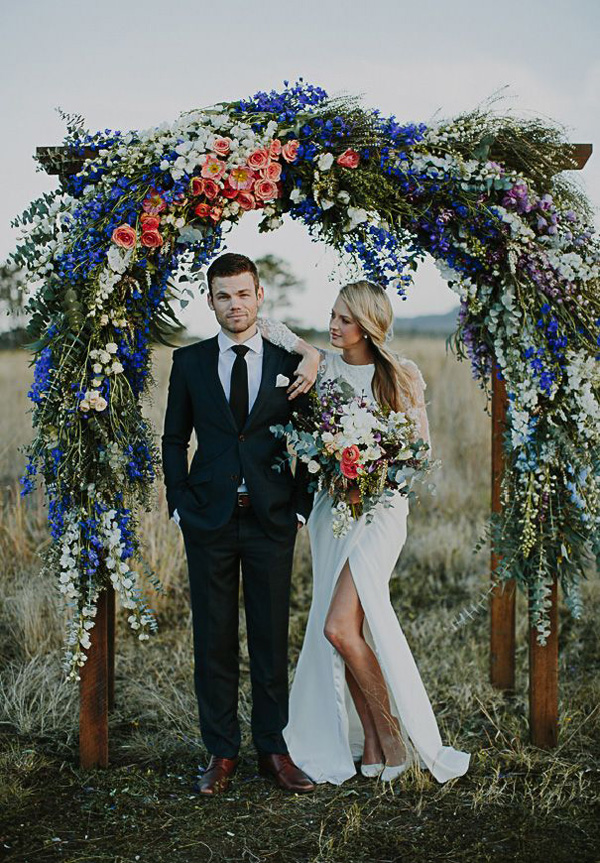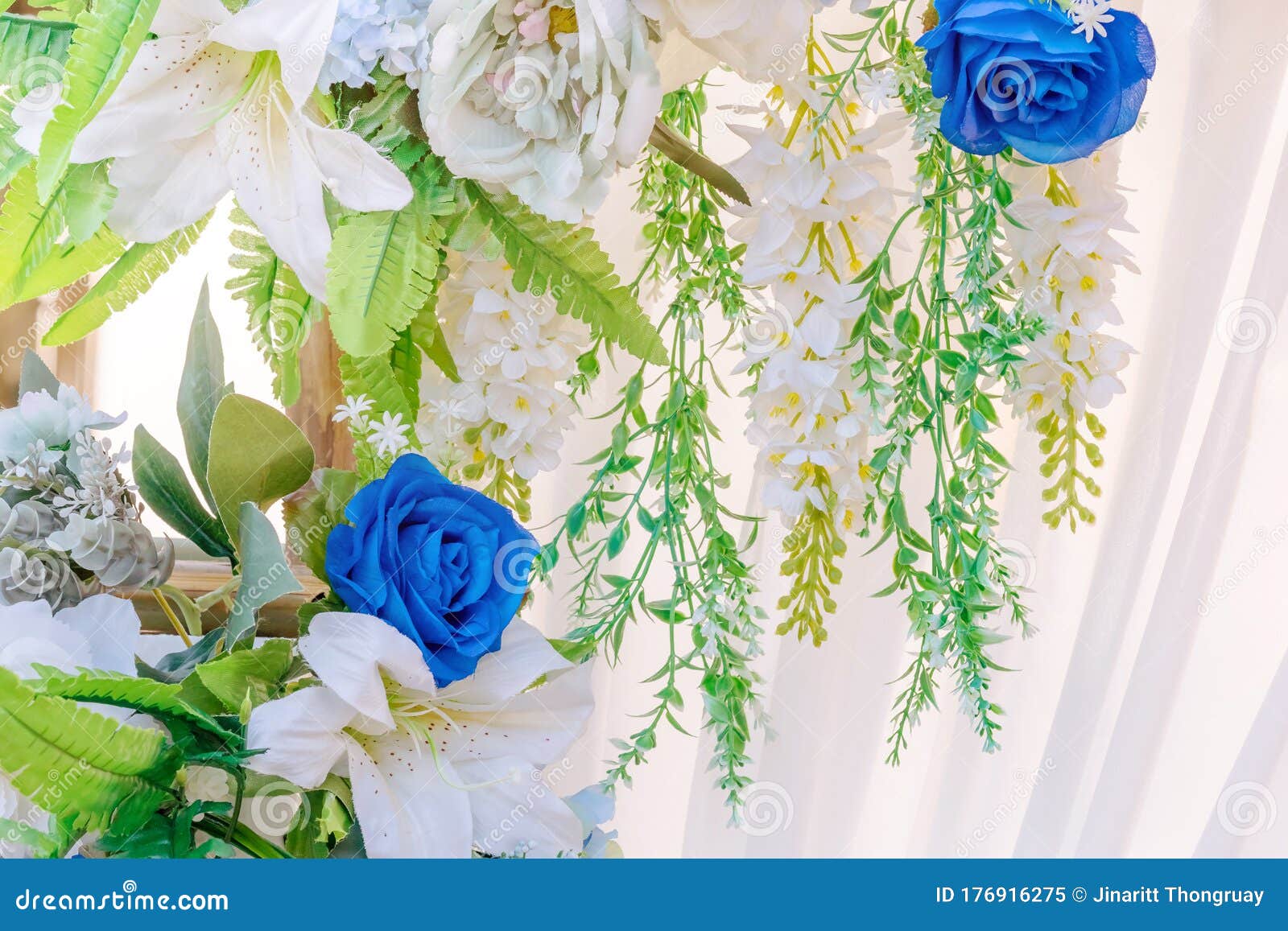
Looking for the right color palette for your upcoming nuptials? We called upon our rolodex of experts and asked them to share their favorite colors and color combinations for June weddings. For that reason, splashy shades, such as pink, blue, orange, yellow, and lavender, tend to win out, but timeless tones of white and green are always suitable for summery celebrations. Many couples look to their wedding venues-especially the nearby flora and fauna if they're getting married outdoors-to inform their color palettes. If you’re saying “I do” in June, there are so many beautiful colors and color combinations to use to bring your summer soirée to life. Plus, guests often have more flexible schedules and are ready to travel. The month marks the official start of the summer season, and with longer days, warmer weather, and more vibrant scenery. And June is a popular wedding month for many other practical reasons, too. June has long been considered one of the most desirable months for a wedding: The term "June bride" became popular thanks to the film Seven Brides for Seven Brothers, reports, but couples have wanted to make it official during this month since the Roman times after all, "Juno" is the Roman goddess of love and marriage, so exchanging vows during the month named in her honor has long been considered a harbinger of prosperity, good fortune, and happiness in a marriage.

Plants wilt (sometimes one-sided) in daytime later, entire plant wilts/dies stunting yellow leaves poor flowering roots rot stem cross-section reveals brown discolorationĭestroy infected plants/ roots/surrounding soil (do not compost) remove plant debris regularly disinfect tools resistant varieties avoid excess nitrogen in acidic soils, raise pH to 7.Tying the knot in June? You're not alone. Knock off with water spray apply insecticidal soap inspect new plants carefully use slow-release fertilizers avoid excess nitrogen encourage aphid predators such as lacewings, ladybugs, spiders Misshapen/yellow leaves distorted flowers leaf drop sticky “honeydew” (excretion) on leaves sooty, black mold Morning Glory Pests and Diseases Pest/Disease In any case, if you come across a plant in your garden that resembles morning glory and you know you didn’t plant it, it’s best to err on the side of caution and treat it as a weed. Morning glory vines are usually thicker than bindweed’s vines, and typically have small hairs.Field bindweed flowers only occur in either pink or white, whereas annual morning glory flowers may be pink, white, magenta, blue, purple, or red, and are much larger than those of the bindweed.Bindweed leaves are also shaped more like an arrowhead than those of morning glories, which are heart-shaped. Morning glory leaves may be 2 inches or more across bindweed leaves rarely exceed 2 inches. Field bindweed leaves are typically smaller than those of annual morning glories.To tell the difference between the plants, look closely at the leaves, flowers, and vines: Field bindweed-also called “perennial morning glory” or “creeping jenny”-grows similarly to annual morning glories, but sends out deep, deep roots, which make it very difficult to get rid of and allow it to overwinter in areas where cultivated morning glories could not. The attractive annual morning glory (Ipomoea spp.) is often mistaken for its perennial cousin, field bindweed (Convolvulus arvensis), which is an aggressive, invasive weed native to Europe and Asia. What’s the Difference Between Morning Glory and Bindweed? Keep them out of reach of children and pets.

Warning: Morning glory seeds are poisonous, especially in large quantities. Because of this, you’ll want to choose where you put this plant wisely! Otherwise, you may end up with more morning glories than you bargained for. This drought-tolerant plant grows quickly-up to 10 feet in one season-and can self-seed fairly easily, too.

Train twining morning glory vines over a pergola or arch, or use as dense groundcover. With slender stems and heart-shaped leaves, their trumpet-shaped flowers come in colors of pink, purple-blue, magenta, or white. Their fragrant, colorful flowers are not only attractive to our eyes but also beloved by butterflies and hummingbirds. Once sown, morning glories bloom from early summer to the first frost of fall. Given their frost sensitivity, do not sow seeds too early and wait until the danger of spring frost is over. Note: Avoid the perennial Morning Glory species, Ipomoea aquatica and Ipomoea hederacea, which are classified as noxious weeds in several states.

Morning glories are tender annuals, so they are sensitive to cool temperatures and late frosts. Learn all about growing morning glories in your garden! About Morning Glories A September birth flower, the morning glory has beautifully shaped blooms that unfurl in the sun and romantic tendrils that lend old-fashioned charm.


 0 kommentar(er)
0 kommentar(er)
